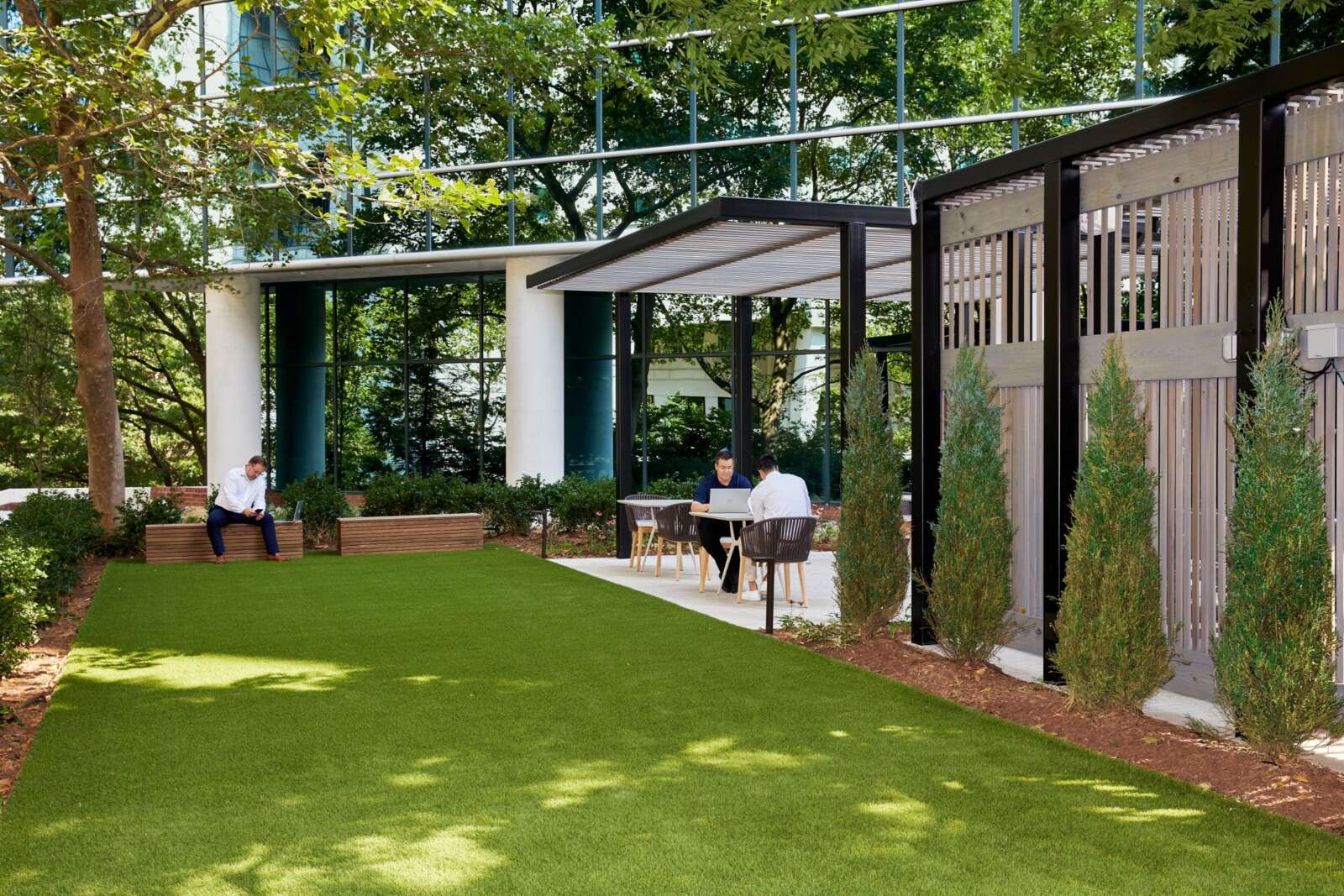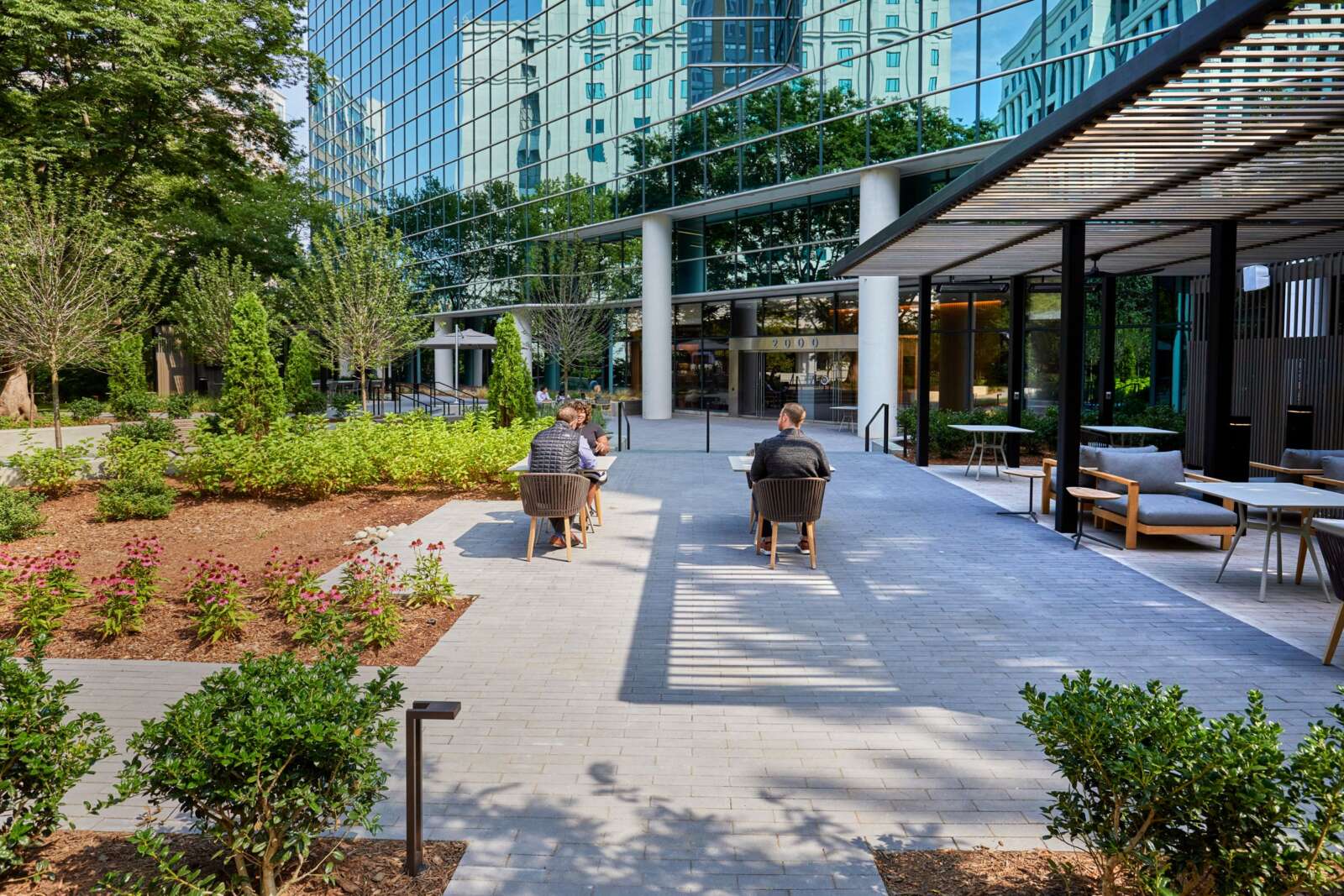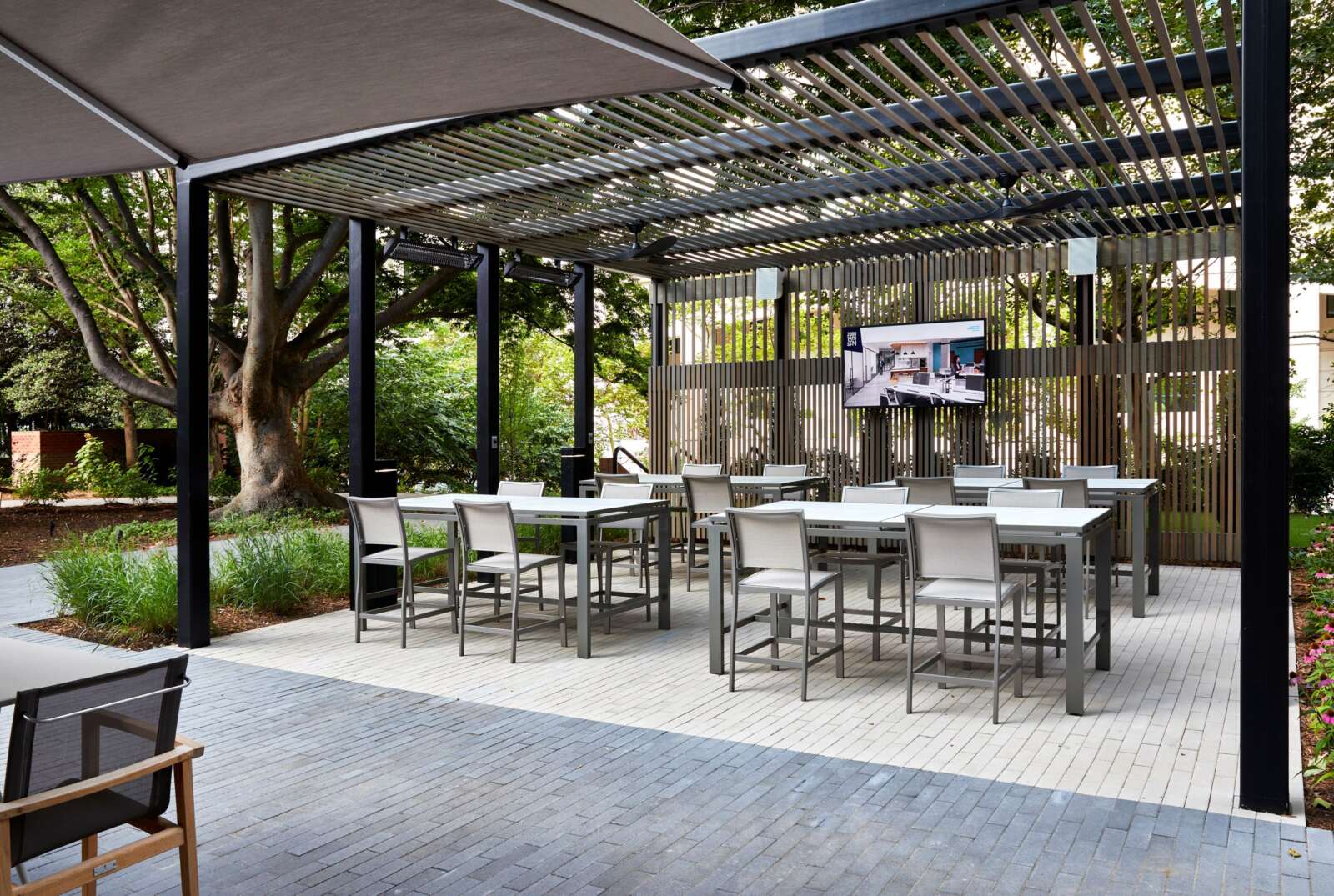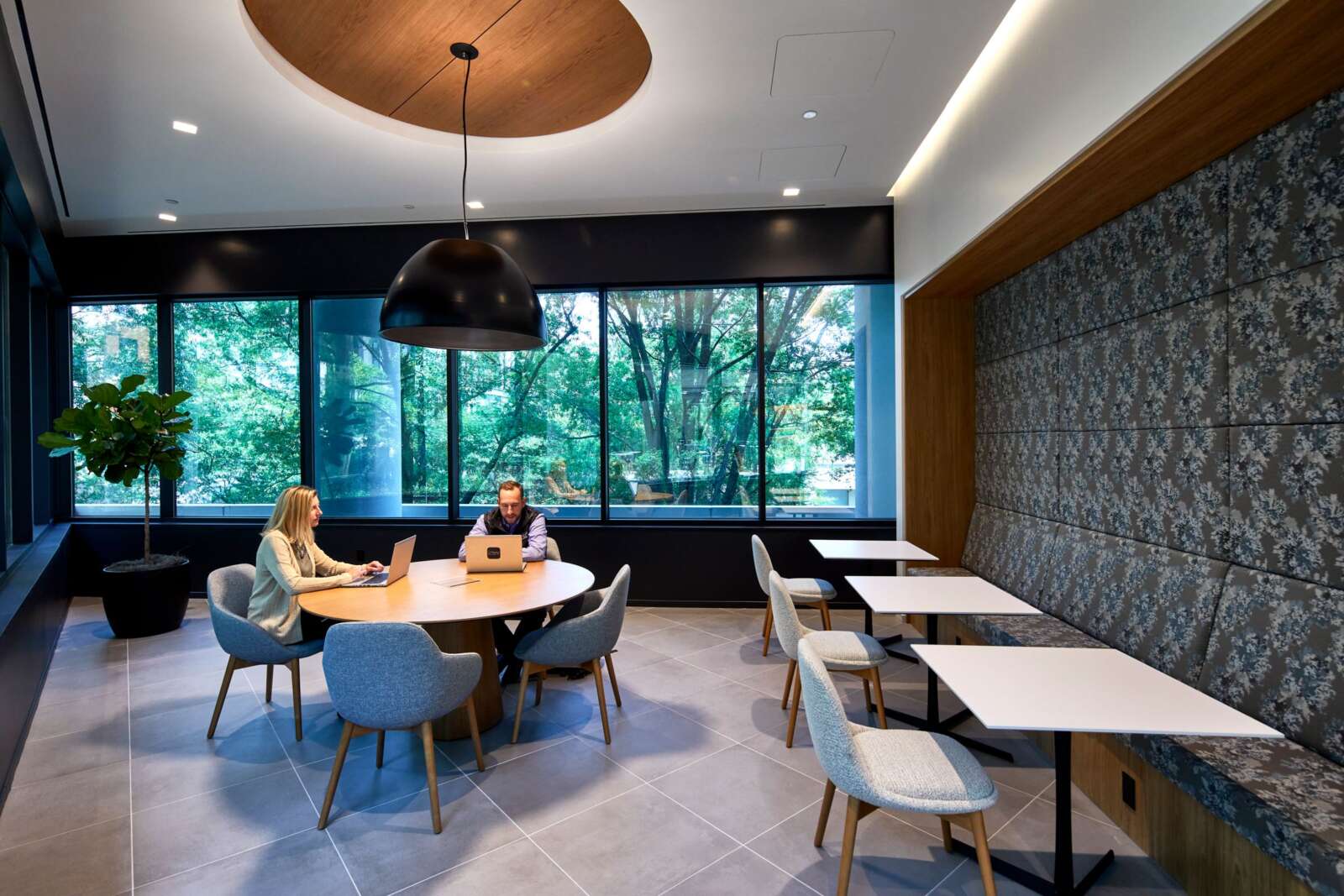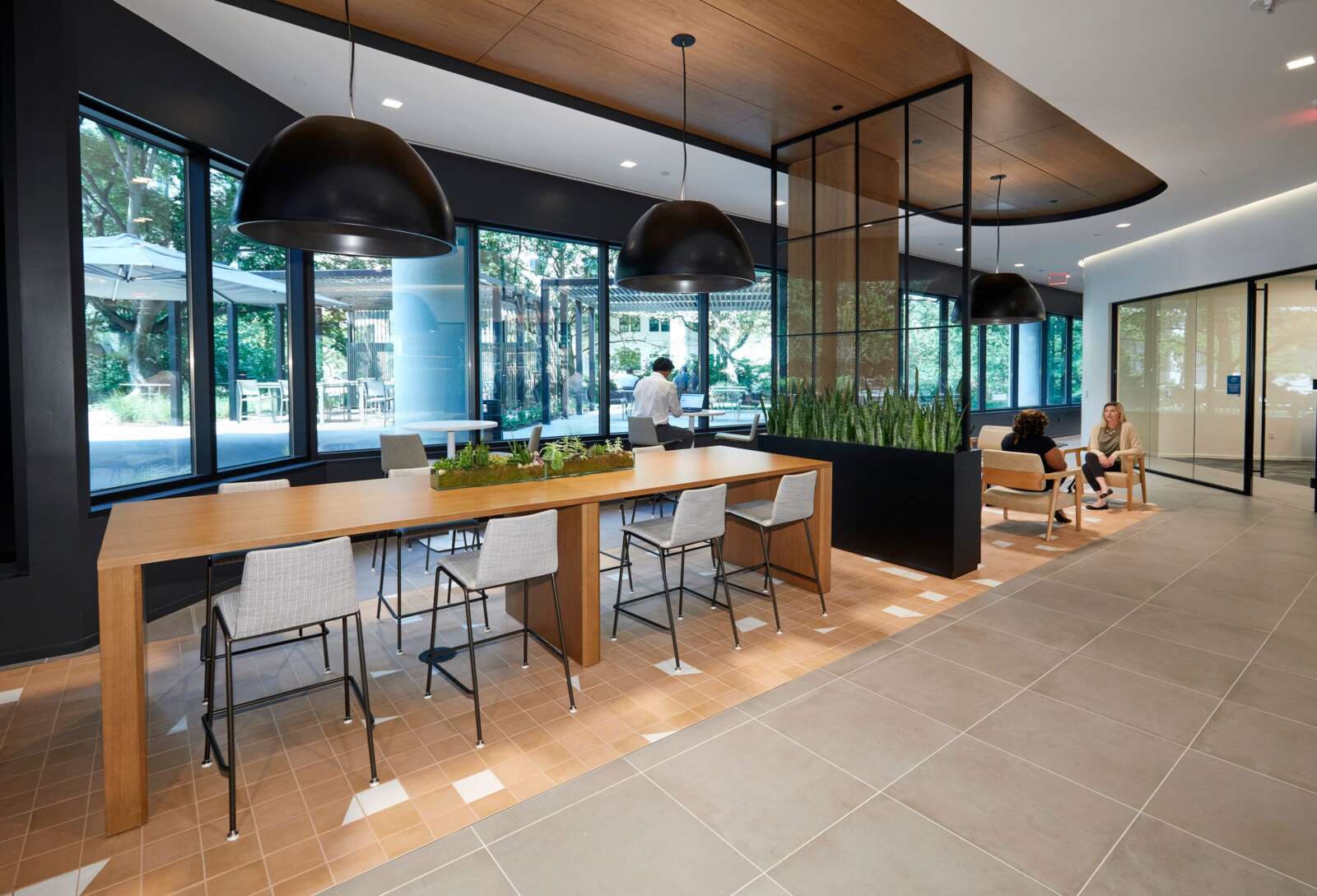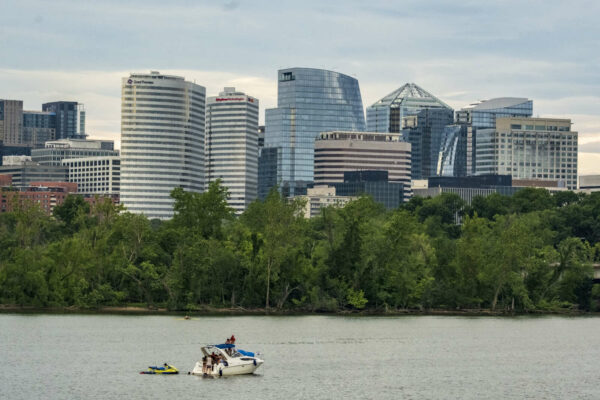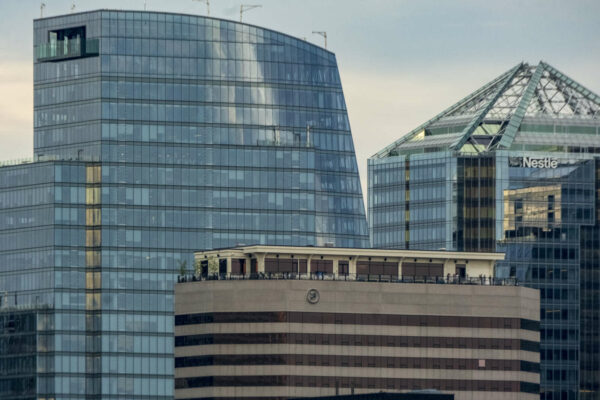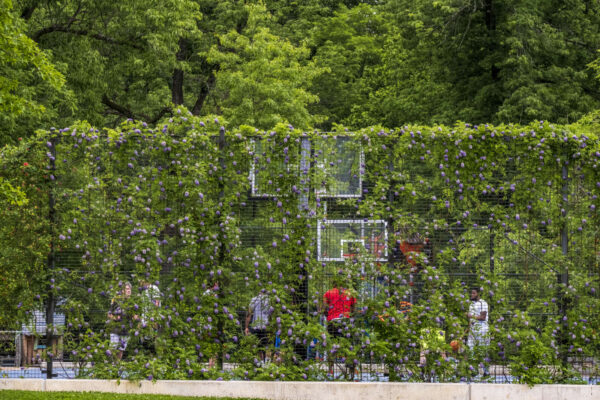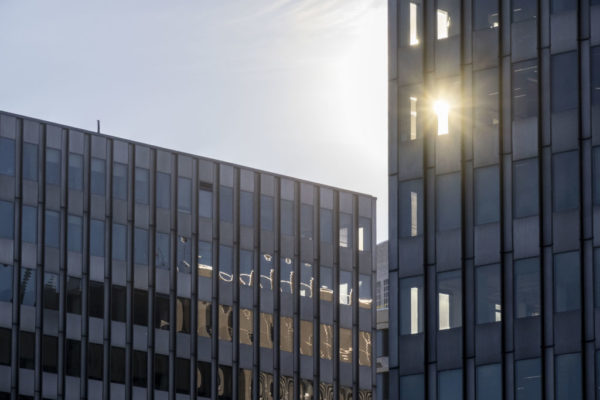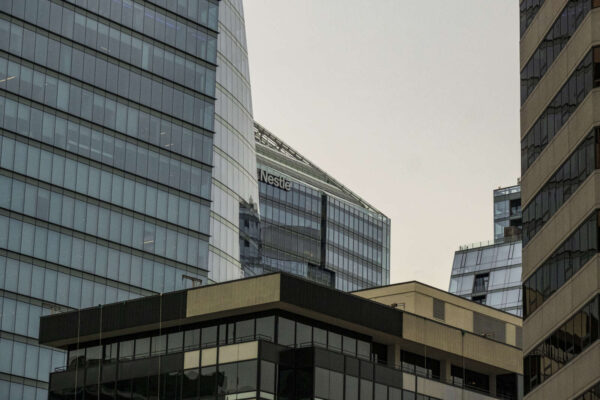
(Updated 11:20 a.m.) Arlington has the second highest work-from-home rates in the nation, U.S. Census Bureau data from 2021 show.
The county falls just behind Fremont, a city in California’s Silicon Valley that is home to numerous tech companies, while D.C. ranks third. And within the metro D.C. area, the remote work population in northern Arlington specifically is second in size only to the central and downtown parts of the District.
People who study these trends, like Economic Innovation Group economists Adam Ozimek and Eric Carlson, say Arlington’s high ranking does not surprise them. They analyzed data on remote work for ARLnow, comparing the 46 commuting zones that make up the D.C. area.
At 55%, “North Arlington has one of the highest work-from-home rates in the D.C. region,” said EIG Chief Economist Ozimek. “Even South Arlington does pretty well in terms of the region overall, 43% is high overall, even though the income divide you can see.”
Looking at five-year population estimates, they found that the D.C. area as a whole topped the charts with a 34% telework share overall, followed by San Francisco (33%) and Austin (32%). San Jose and Seattle came in fourth and fifth, and much larger cities, including Chicago and New York City, ranked 18th and 20th with teleworkers comprising around 23% of the workforce.
“The D.C. area is just about as work-from-home as we would expect based on underlying factors,” Ozimek said. “Higher-educated places have more work from home. More expensive places have higher rates of working from home. And occupation matters: you’ve got a lot of skilled workers in general. The more skill, the more likely it is to be remote.”
Arlington, he said, has some of the highest average home values and education levels in the region. In addition, nearly half of jobs in the D.C. area can be done remotely, compared to other parts of the country, like Las Vegas and Grand Rapids, Michigan, where 30% or fewer jobs can be done remotely, they found.
While the pandemic precipitated this pivot to remote work, working from home — at least a few days a week — appears to be settling in as a permanent fixture of how many Arlingtonians get their jobs done.
And that is impacting Arlington County’s record-high office vacancy rate, which reached 20.8% during the second quarter of 2022. The county generates 45% of its property tax revenue from taxes on commercial properties like office building, helping to fund Arlington schools and county services while taking some of the pressure off of homeowners.
The office vacancy rate is higher now — with masks no longer required and vaccines and boosters readily available — than it when the pandemic first took hold (16.6%) and at the beginning of 2021 (18.7%).
“The challenges are really deep,” County Manager Mark Schwartz told the County Board last week. “Long-term leases are becoming rarer. To ask people who used to come to the office five days a week to do so again… might not be met with universal acclaim from those who used to drive into the office five days a week.”



